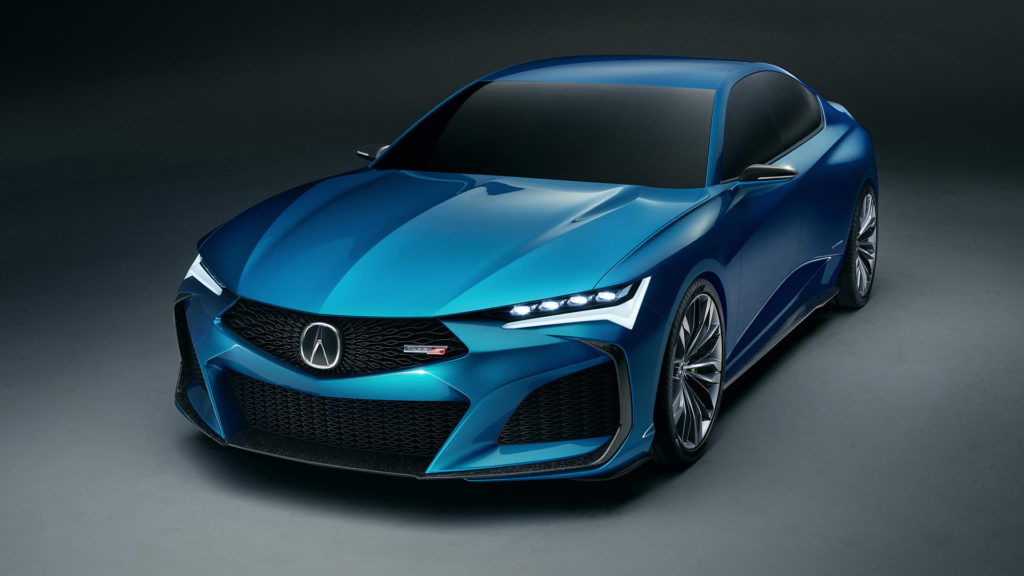
Acura was launched in the United States in 1986 as the first Japanese luxury automotive brand. Building upon Honda’s long-standing legacy of producing reliable, practical and affordable vehicles, Acura’s focus on luxury and performance was successful in redefining the public’s perception of what Japanese manufacturers were able to offer, opening the door for Lexus and Infiniti to enter the market shortly thereafter. While Acura has been generally highly regarded for the outstanding quality and value their vehicles have offered over the years, increasing complexity over time and the struggle to maintain competitive pricing have led to engineering compromises and owners reporting a growing number of issues in more recent years. In this article we will cover the most common problems, maintenance and repairs for Acura vehicles in the modern era (2000+).
It is important to note that not all models and years from Acura are created equal. For a wide range of reasons, some specific models and years experienced an atypical amount of problems and there are some that you should be aware of, if not avoid entirely when used car shopping. Based on owner feedback as reported by AcuraProblems.com, the models most afflicted with issues are the TLX, TL, MDX, TSX & RDX. If you own one of these vehicles, it doesn’t mean you should start stressing out and sell your car tomorrow, but you should be aware of the problems that might rear their ugly heads at some point so that you can manage expectations, plan ahead and take the appropriate preventative actions to avoid pain down the road.
Automatic Transmission Problems – You’re Not The Only One
Overwhelmingly, the most common issues reported by Acura owners are related to their automatic transmissions. Ranging from jerks between gears, hesitations to shift while accelerating when cold, the transmission unexpectedly shifting into neutral or an inability to shift into Park, to outright transmission failure, Acura has suffered from this area of weakness over many models and years, leading to multiple class action lawsuits by owners against the manufacturer and recalls to be issued by Acura. The TLX, TL and MDX models have the most reported issues, with the 2015 TLX holding the title as the model year with the most complaints. While unfortunately there isn’t a one-fix-for-all-problems solution regarding their automatic transmissions, a knowledgeable independent Acura mechanic will be able to help diagnose and address the underlying causes of problems for your specific model and year as cost effectively as possible, which could range from a fluid flush, to reprogramming, to upgrading the wiring harness or several other potential fixes.
Off The Chart Oil Consumption & Other Engine Issues
Acura’s engines also have a track record of potentially serious issues, although some engine models have proven to be more worrisome than others. The most common issue reported across all years and models is excessive oil consumption, where the oil level inside the engine falls significantly in between the recommended oil change periods and can lead to significant damage to the motor if not monitored and topped off regularly. The worst offender is Acura’s J-Series V6 engine found in the 2008-2014 MDX, 2011-2012 RL, 2009-2014 TL and 2010-2014 TSX. Acura’s own documents describe how carbon deposits inside the engine can cause clogs that lead to oil consumption issues. If oil levels are lower than they should be and a clog develops, the engine can become significantly damaged. Acura has gone so far as to recommend that owners check their oil levels every time that they fill up their gas tank and later settled a class action lawsuit to provide owners with some relief. The message is clear: if you own a modern Acura, you need to be diligent about continually monitoring your oil levels and changing your oil more frequently than recommended by the manufacturer.
The other common issue reported around Acura’s engines is related to their newer MDX and RDX SUVs having problems with rapid deceleration and power loss, stalled engines and hesitation while accelerating. The problems are often caused by miscommunications among the computers and software which control the engine, throttle and transmission. Owners of many Acura models have also reported problems with their batteries draining quickly, sometimes leaving them stranded and in need of a jump start. There is no universal fix, although some owners have stated that in older models the cassette tape player was the culprit and others have speculated that the mobile phone connection functionality caused the problem in other vehicles. A local Acura mechanic should be able to help you diagnose the source of the drain on your specific car and some owners have gone so far as to purchase a portable jump starter that they keep in their vehicle for emergencies.
Inconsistent Interior Materials & Electronic Gremlins
Acura owners have also noted problems with some interior materials and electronic features. The most common complaint in these areas is related to cracked dashboards on TL models from 2004-2008. The primary cause of dashboard cracks is exposure to the sun, where extreme heat can dry out the plastic, causing it to shrink and eventually crack. UV light can also break down the chemical bonds of polymers in the dashboard’s plastic. All cars are exposed to the sun, however, so the high rate of occurrence suggests the use of defective materials or a mistake during the manufacturing process. Aside from being an eyesore and hurting resale value, dash cracks could potentially interfere with the deployment of the airbag by either triggering the airbag warning light or snagging the airbag on its way out. Additionally, plastic shards that have broken loose on the dash have the potential to become dangerous projectiles during airbag deployment. Replacing your dashboard is usually rather expensive and the best solution is to maintain its condition over time by using automotive cleaning products to protect the dash from prematurely drying out.
Another interior issue for which there have been many complaints is with the 2019+ RDX touchscreen infotainment and navigation systems, which are known to freeze and turn off while driving. These systems have no manual controls aside from the touchscreen, potentially leading to dangerous distracting driving while trying to resolve the issues. There have also been complaints of uncomfortable and/or ripped seats in the MDX, TLX and TSX models. Aside from replacing your seats from a different car or an aftermarket supplier, there is not much that can be done about the seats.
Squeaky Brakes That Can Wear Out Quickly
The final issue that many Acura owners have reported is around the premature wear of and persistent squeaking from the brakes. This issue has affected several models and there have been the most complaints with 2009-2010 TSX, leading to a class action lawsuit against Honda. If you experience this issue in your car, you may be eligible for a reimbursement on your next brake pad and rotor change.






